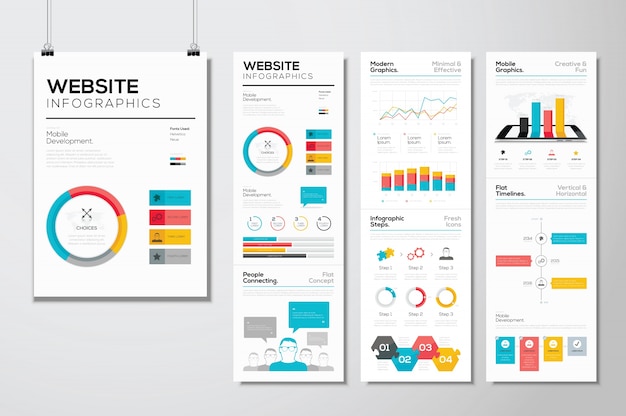The Development Of Internet Site Style: From Past To Existing
The Development Of Internet Site Style: From Past To Existing
Blog Article
Developed By-Pappas Hyldgaard
In the past, sites were easy and focused on details. Navigation was straight, and layout was for desktops. Currently, individual experience is vital. Information overviews layouts for simple navigating. Responsive layouts suit various tools. Today, dark setting minimizes stress, and minimalist food selections boost navigating. Interactive features involve customers, and strong visuals stand apart. AI assimilation increases involvement. See how style has actually evolved to improve your on-line journey.
Very Early Days of Website Design
In the very early days of web design, simpleness preponderated. Websites were fundamental, with limited shades, font styles, and layouts. https://www.htmlgoodies.com/seo/local-seo-tips-for-web-developers/ was on supplying details rather than fancy visuals. Users accessed the net through slow-moving dial-up links, so rate and capability were vital.
Navigating menus were straightforward, usually situated at the top or side of the page. Web sites were created for desktop computers, as mobile browsing had not been yet prevalent. Content was king, and developers prioritized simple readability over complex style components.
HTML was the primary coding language utilized, and developers needed to function within its restrictions. Animations and interactive features were minimal contrasted to today's criteria. Internet sites were static, with little dynamic material or tailored customer experiences.
Surge of User-Focused Layout
With the advancement of internet site layout, a change in the direction of user-focused style concepts has actually come to be progressively famous. Today, creating web sites that focus on user experience is crucial for involving visitors and attaining business objectives. User-focused layout involves comprehending the requirements, choices, and behaviors of your target market to tailor the website's design, web content, and includes as necessary.
Designers currently perform detailed research, such as customer studies and use screening, to collect insights and responses straight from individuals. This data-driven approach helps in creating intuitive navigating, clear calls-to-action, and aesthetically appealing user interfaces that resonate with site visitors. By placing the customer at the center of the style process, web sites can provide an extra individualized and enjoyable experience.
Responsive style has also become an essential aspect of user-focused style, guaranteeing that web sites are maximized for numerous devices and screen dimensions. This versatility improves accessibility and functionality, dealing with the varied ways customers interact with websites today. Essentially, the rise of user-focused style indicates a shift towards developing electronic experiences that prioritize the requirements and expectations of completion user.
Modern Trends in Web Design
Discover the latest trends forming web design today. One popular fad is dark setting design, supplying a smooth and modern-day look while decreasing eye stress in low-light environments. Another vital fad is minimal navigation, simplifying food selections and boosting user experience by concentrating on essential elements. Incorporating micro-interactions, such as computer animated switches or scrolling impacts, can develop a much more engaging and interactive web site. Responsive layout remains vital, making certain smooth user experiences across various gadgets. Additionally, using vibrant typography and unbalanced layouts can add visual rate of interest and draw attention to certain content.
Integrating AI technology, like chatbots for consumer support or customized suggestions, improves individual engagement and improves procedures. Accessibility has also come to be a significant fad, with designers focusing on comprehensive style practices to cater to varied user requirements. Welcoming sustainability by optimizing web site performance for speed and effectiveness is an additional emerging pattern in website design. Teaming up with individual comments and information analytics to repeat and boost layout continuously is important for staying appropriate in the ever-evolving digital landscape. By welcoming these contemporary trends, you can develop an aesthetically appealing, straightforward site that resonates with your target market.
Final thought
As you reflect on the advancement of site design from the early days to now, you can see how user-focused style has ended up being the driving force behind contemporary fads.
Accept the journey of modification and adaptation in website design, always maintaining the customer experience at the forefront.
Keep current with the most recent trends and innovations, and never quit advancing your technique to create aesthetically magnificent and user-friendly websites.
Progress, adapt, and produce - the future of website design is in your hands.
